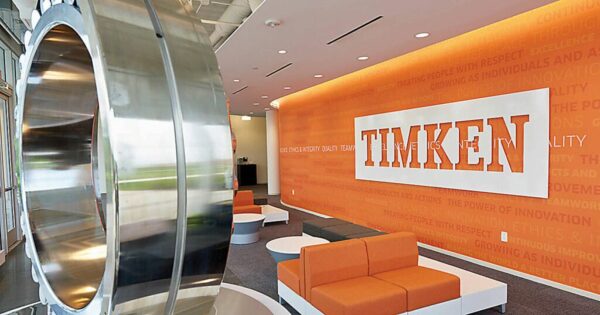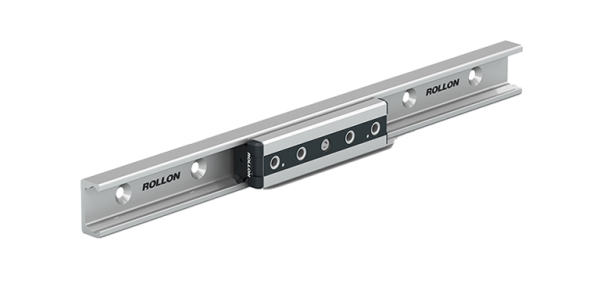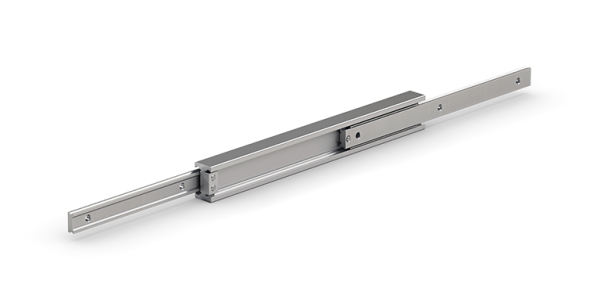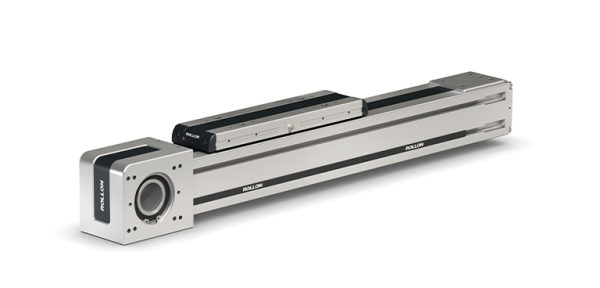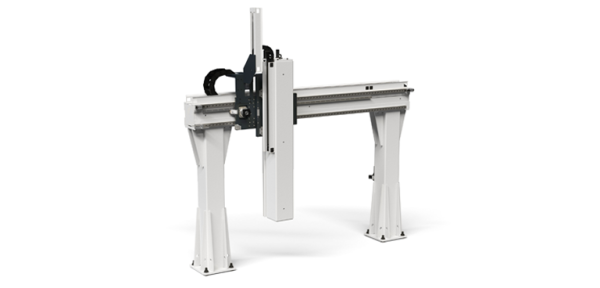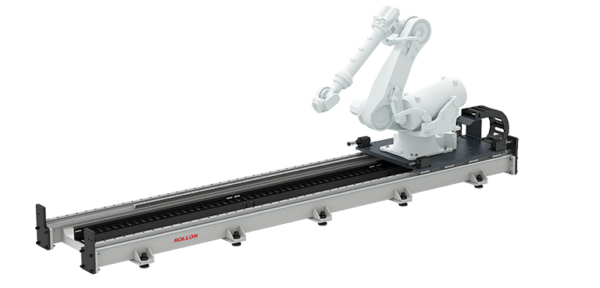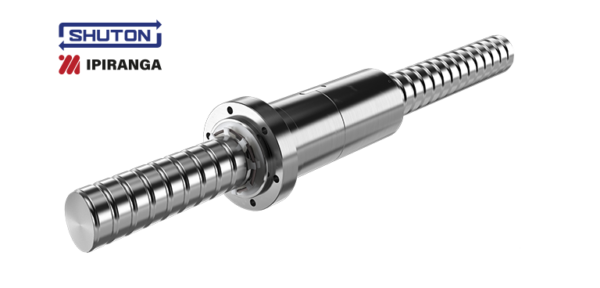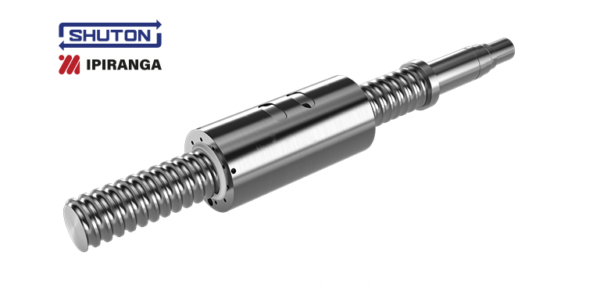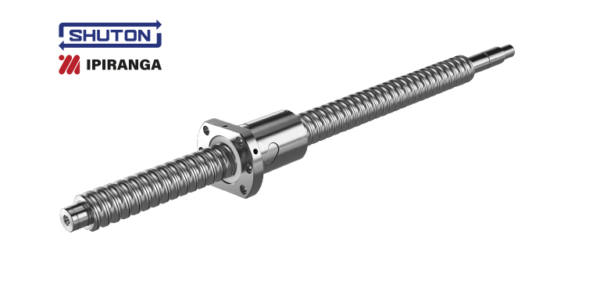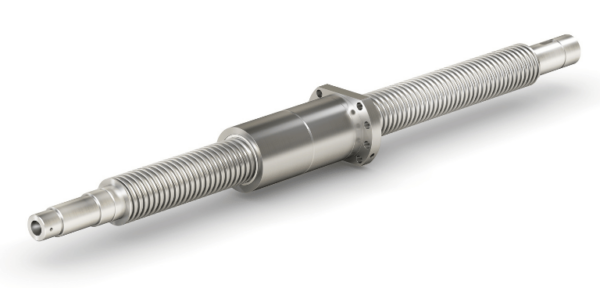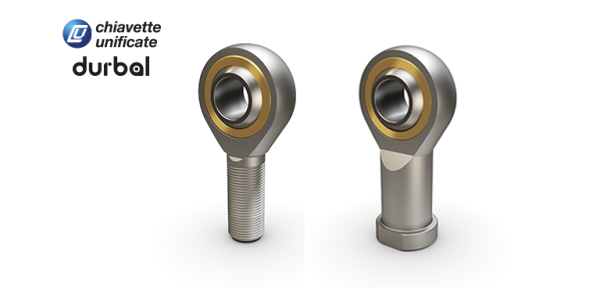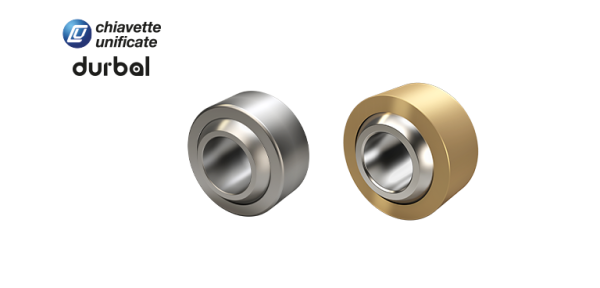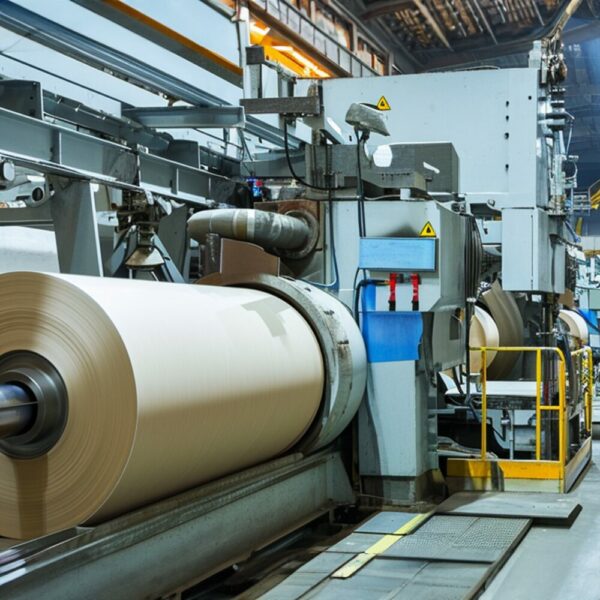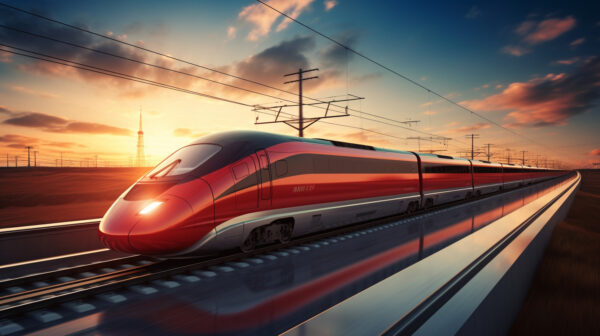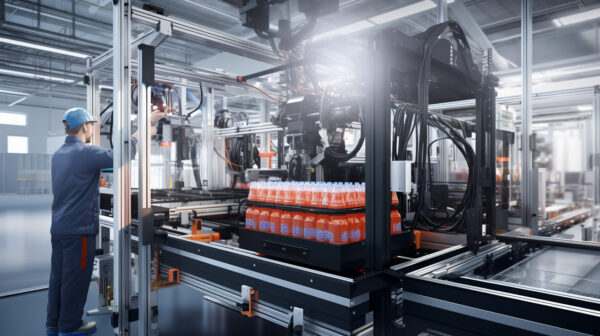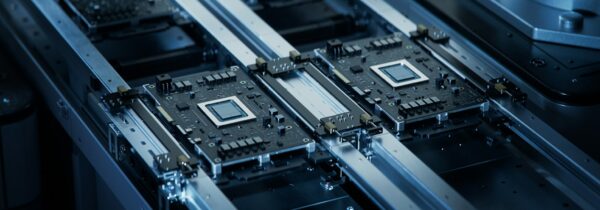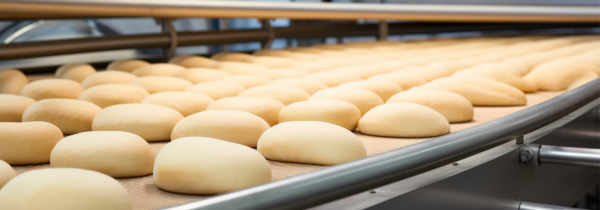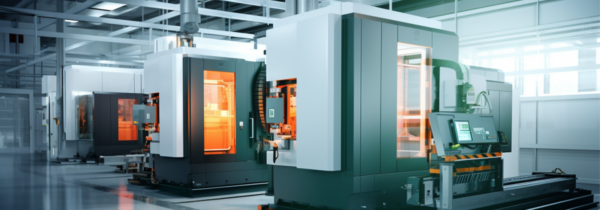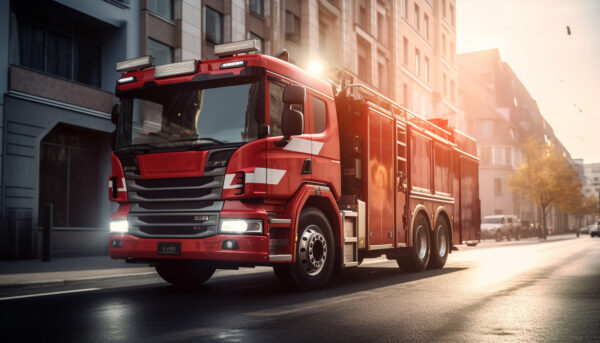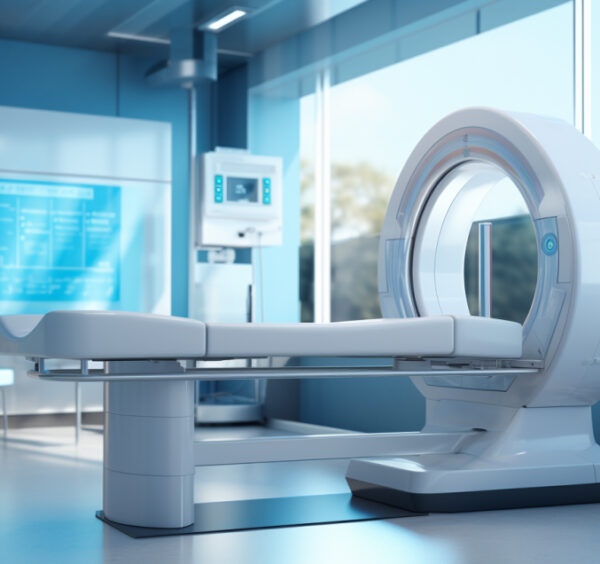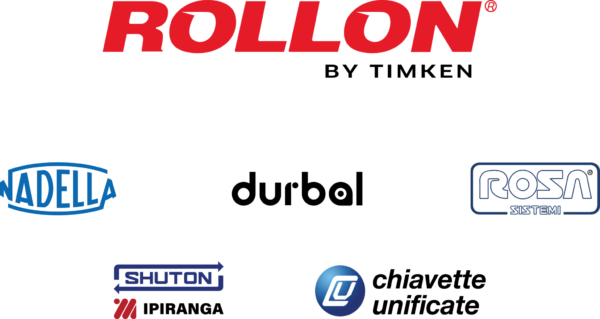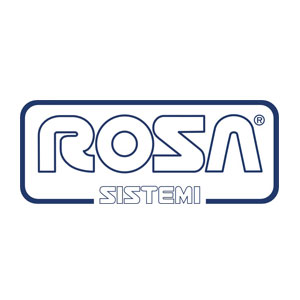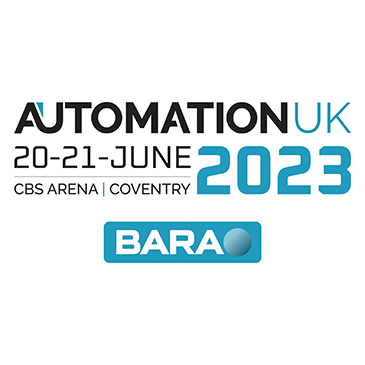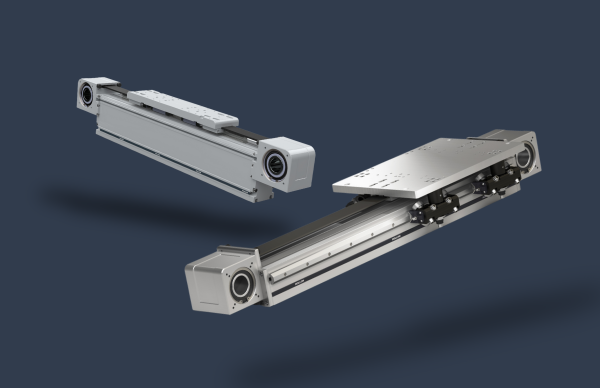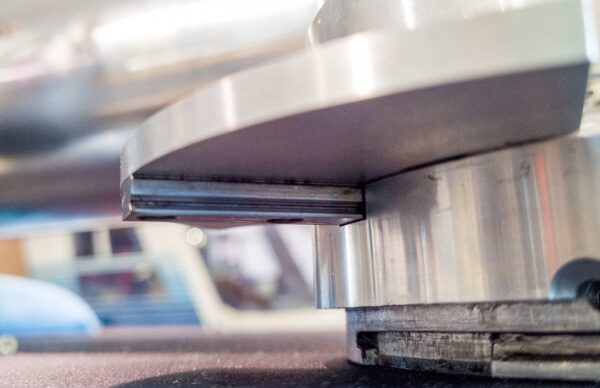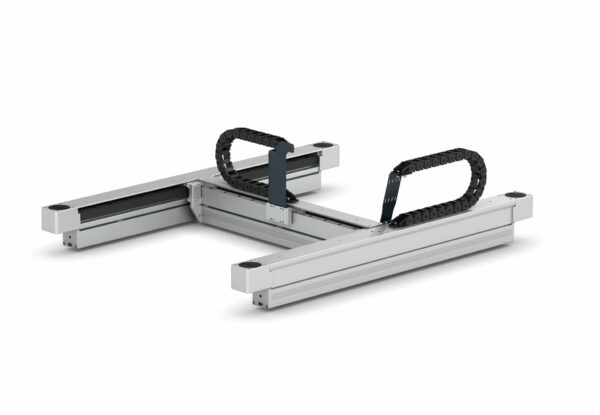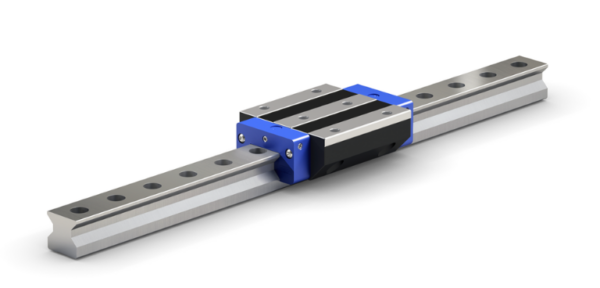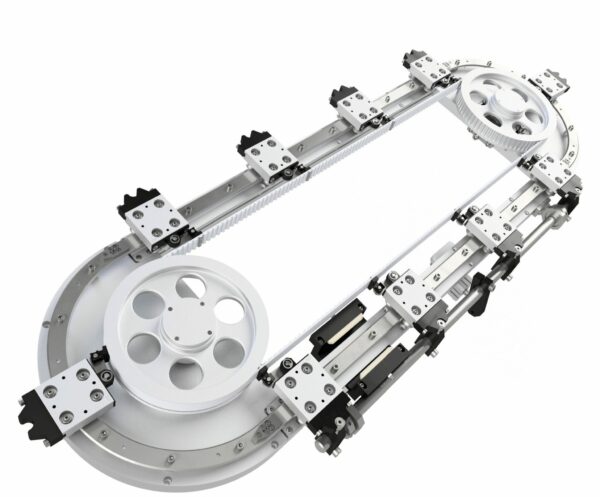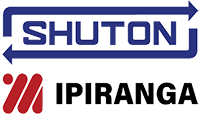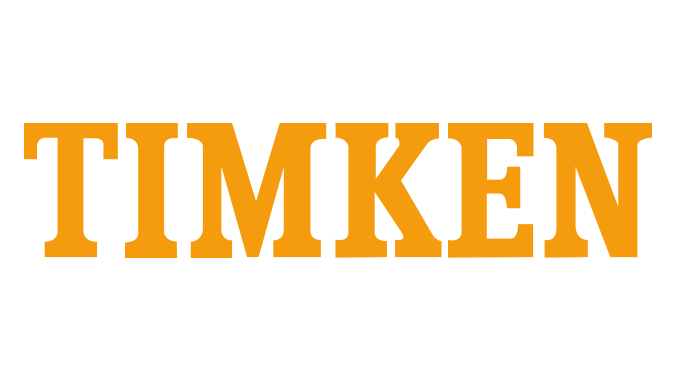- The operating environment. Motion devices used in specialty vehicles must handle harsh automotive conditions as well as those they may encounter in the field such as temperature variations, dirt or corrosion.
- Size. Space is typically confined in vehicular designs.
- Rigidity. Motion systems without rigidity are susceptible to loads and forces that can cause deflections.
- Load capacity. Specialty vehicles perform unique tasks with various load capacity requirements.
- Misalignment compensation and long lifetimes. Automotive and harsh conditions present various risk factors that could lead to bearing wear, misalignment and premature failure.
There’s a Motion Guide Available for Your Specific Requirements
In order to meet the demanding functionality and harsh conditions of specialty vehicles, mechanical components must deliver features and protections that are critical to effective operation of moving elements out in the field. For example, two particular Rollon guides have been used successfully within emergency and medical vehicles to support power generator and ambulance stretcher slide-outs as well as access ramps for patients with disabilities:
- Telescopic Rail linear bearings offer a high load capacity, a minimum deflection and a sliding travel with no play, even under maximum load and when the rails are fully extended. In addition to emergency vehicle uses, they also enable roof expansion and seat adjustment slides, display slideouts and trailer expansions.
- Compact Rail linear systems consist of self-aligning steel rails with induction hardened raceways for long life and feature excellent dirt resistance. They can also support platform extensions, seat adjustments and control board movement in construction vehicles.
Rollon offers many motion guides that can satisfy the demands of different specialty vehicle use cases:
- X-Rail linear guides. When you need rugged construction, misalignment compensation or a stainless steel roller bearing to resist corrosion.
- Speedy Rail. When you need self-aligning, self-supporting rails with high load capacity.
- Curviline guides. When you need non-linear motion, corrosion protection, long life and design freedom.
- Additional motion solutions. Hegra Rail telescopic guides and the compact Uniline belt-driven system address many critical requirements for specialty vehicles. And, different surface treatments can resist corrosion.
Motion Guides Make Sure Purpose-Built Components Move Reliably
Be sure to work with a vendor that produces a wide range of motion guides to satisfy a diversity of specialty vehicle applications. Rollon Corporation offers a wide selection of linear and telescopic rails that can help solve the space, rigidity, load handling, misalignment and environmental challenges common to specialty vehicles. The result: reliability and long lifetimes so your moving elements can fulfill their objectives.
For more information about Rollon linear and telescopic rails for buildings and furniture, visit Building and Furniture section in Your Challenges.


